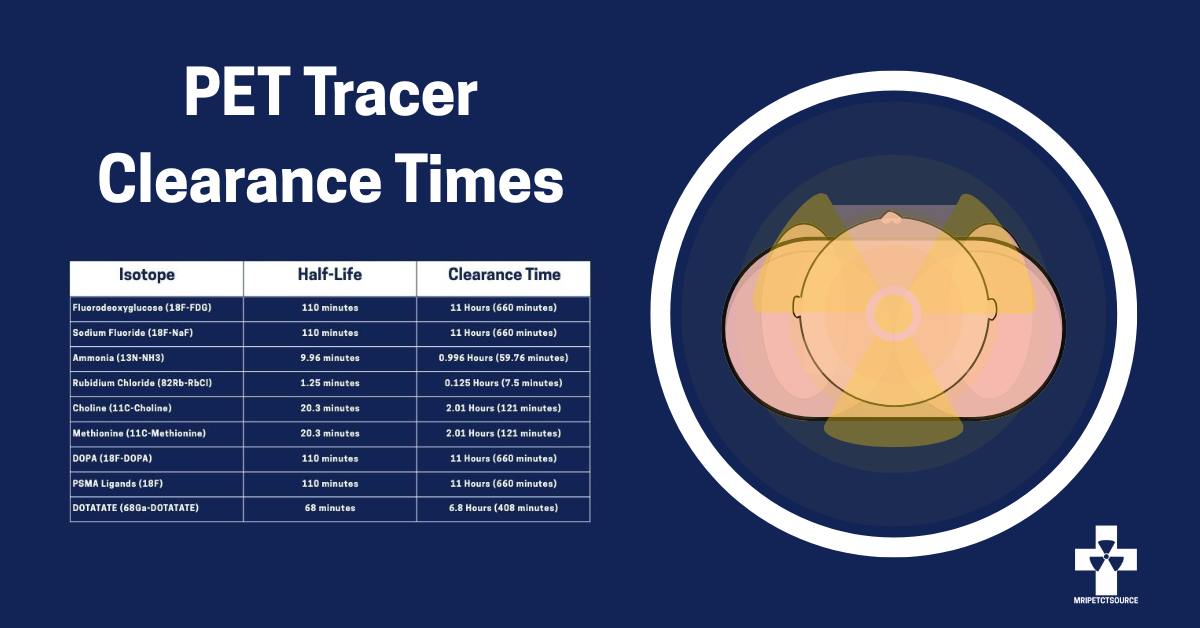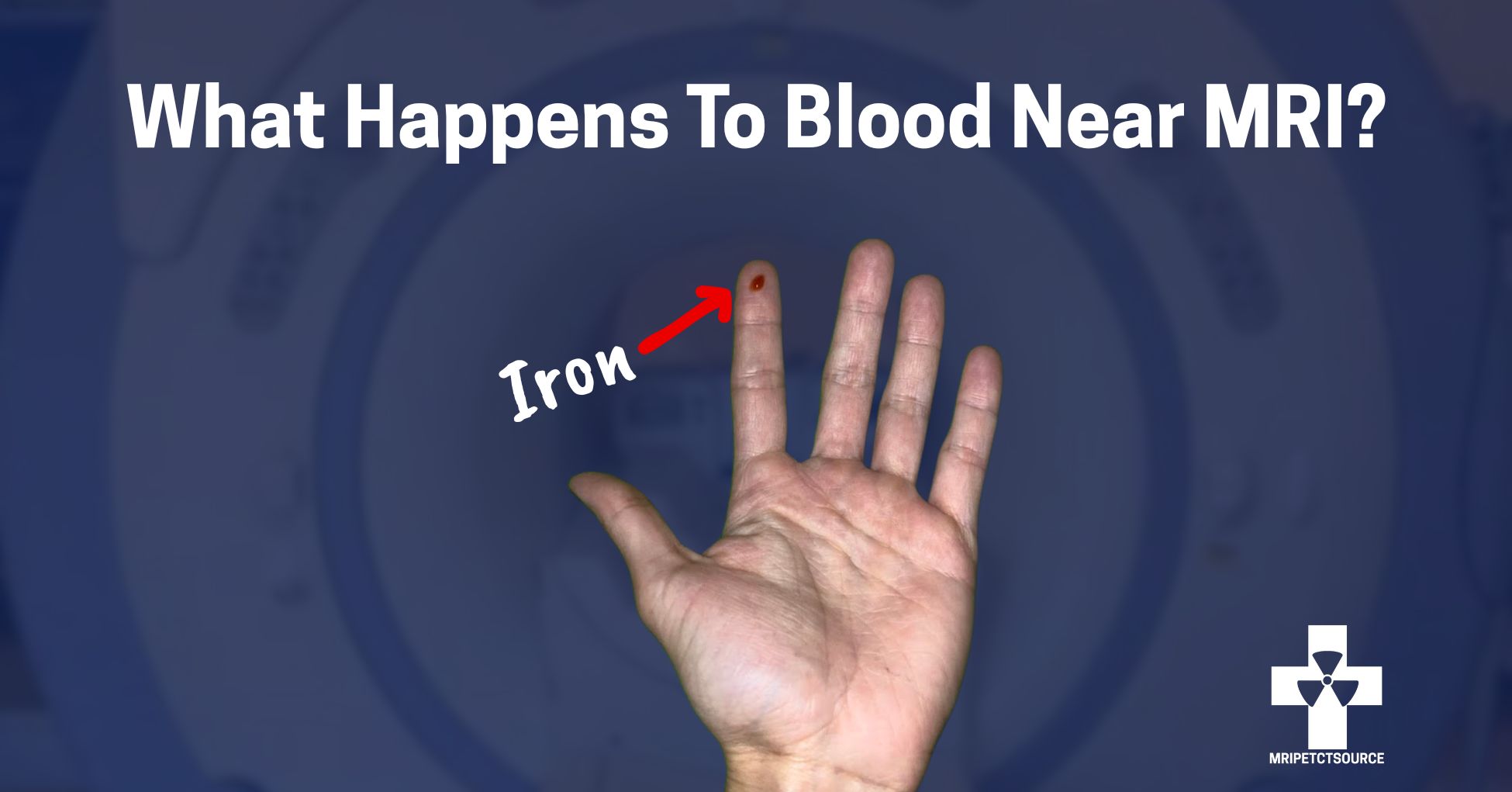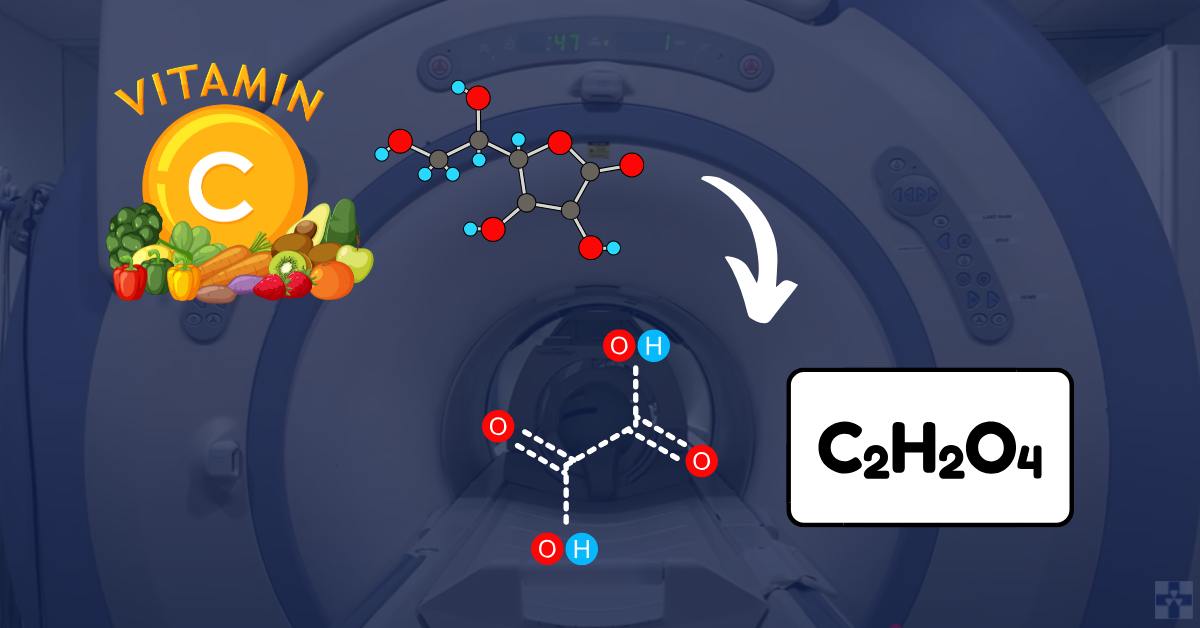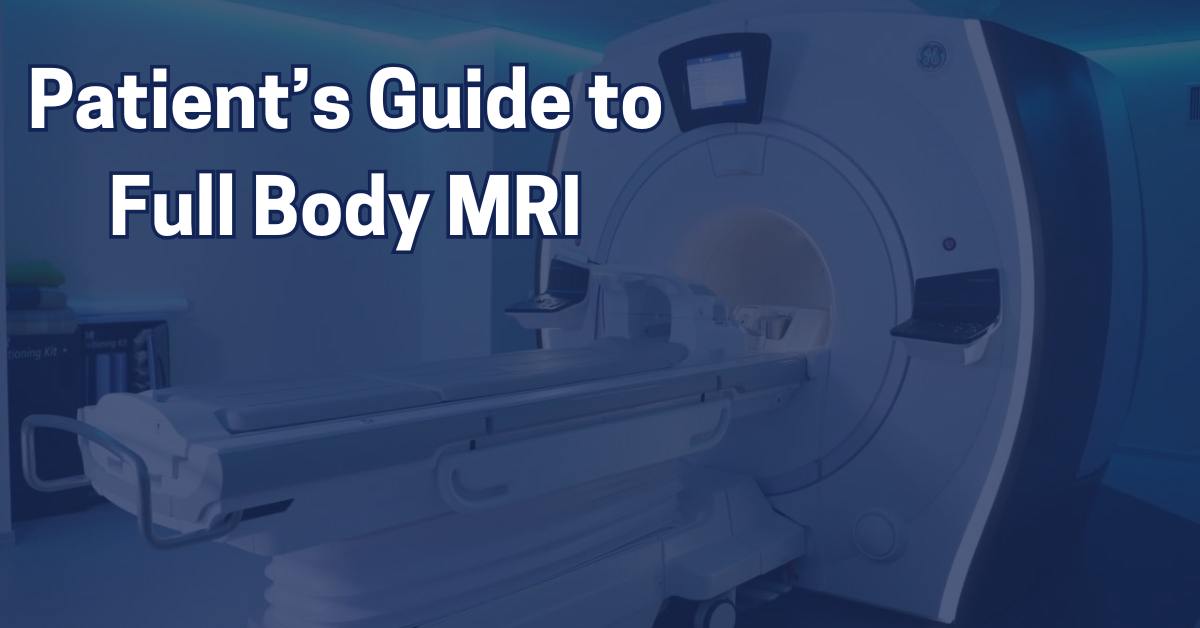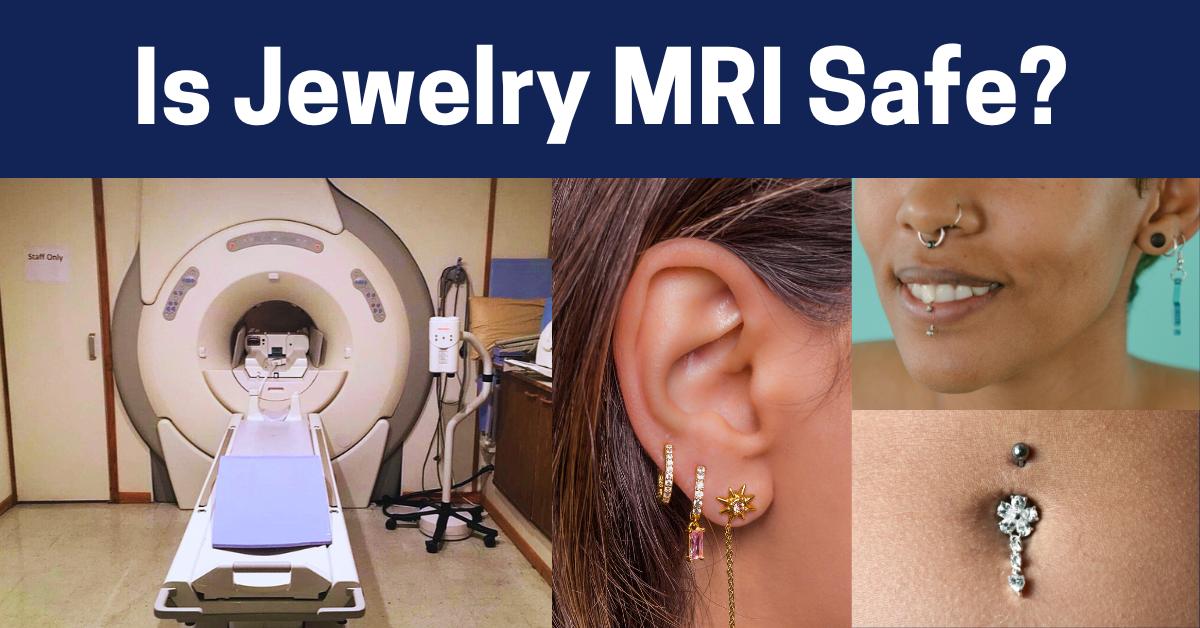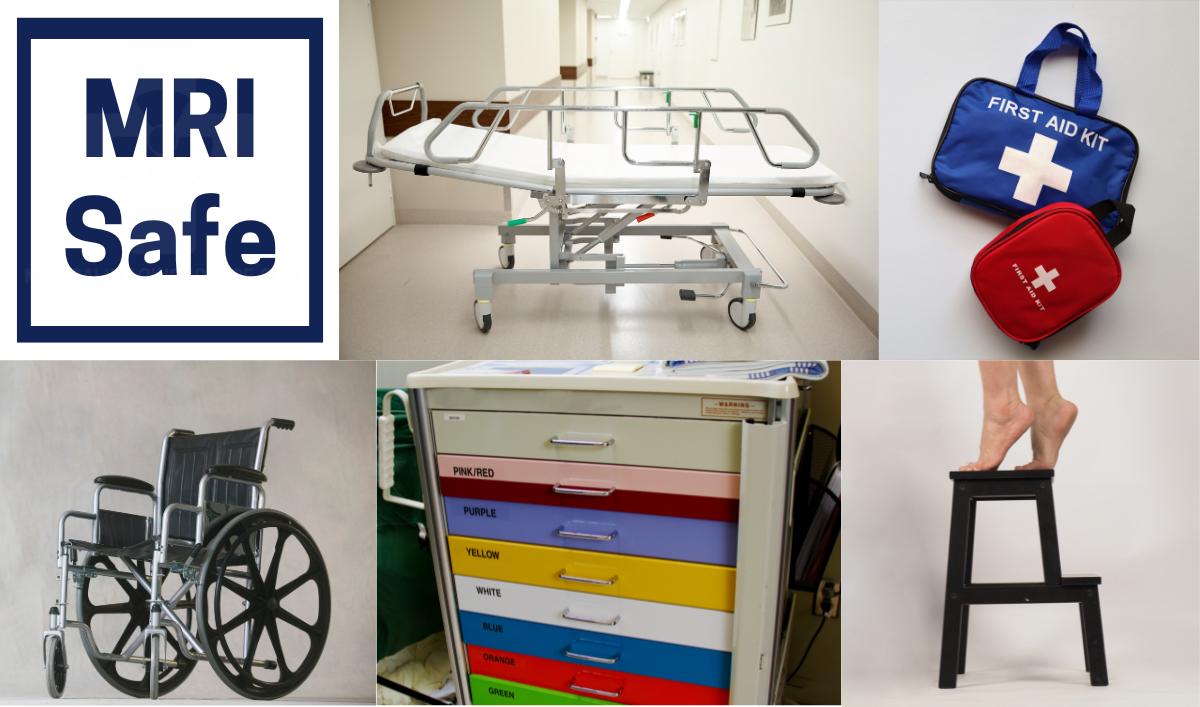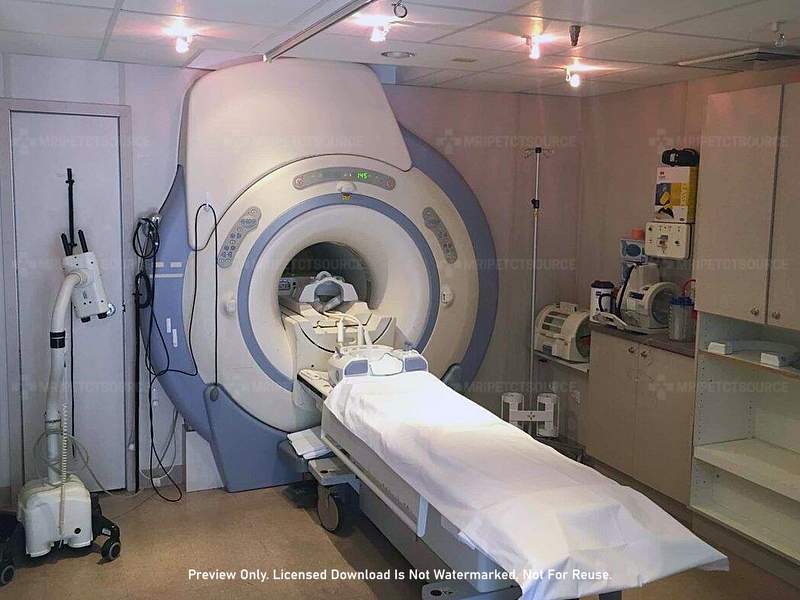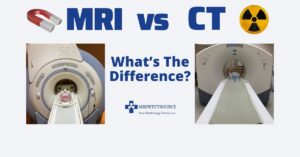MRI vs X-Ray: Which imaging technique is best for you? When it comes to medical imaging, there are a variety of techniques available to help doctors diagnose and treat a range of conditions. Two of the most commonly used imaging techniques are X-ray and MRI scans. Both of these medical imaging techniques have their own unique benefits and drawbacks. Understanding the differences between them is important when it comes to making informed decisions about your healthcare.
This article explains the key differences between MRI and X-ray scans, examining the pros and cons of each imaging method. Additionally, we discuss the ideal use case for Xray vs MRI.
Both MRI and X-ray serve as vital diagnostic tools that offer detailed images of the body’s anatomy through non-invasive imaging. However, they employ entirely different equipment and imaging principles. Below, we discuss the variances between X-ray and MRI scans and outline which one is best suited for various medical conditions.
How Do MRI Scans Work?
MRIs use a powerful magnetic field and radio waves to create detailed images of the inside of the body. The machine produces a series of images that are then combined to create a 3D image of the area being scanned. MRIs are particularly useful for diagnosing soft tissue injuries or problems, such as torn ligaments, herniated discs, or brain tumors.
Pros of MRI vs X-Ray
One of the main benefits of MRIs is that they do not expose patients to radiation. This makes MRI a safer option for patients who require multiple scans or who may be more sensitive to radiation, such as children or pregnant women.
- Utilizes non-ionizing radiation.
- Considered a safer imaging option
- Excellent for soft tissue imaging
MRIs are also better at detecting soft tissue injuries or problems, which can be missed by X-rays. They can also provide more detailed images of the brain, spine, and other organs.
Cons of MRI vs X-Ray
While MRIs are highly effective at diagnosing certain conditions, they are more expensive and time-consuming than X-rays. Patients may find it uncomfortable and claustrophobic, lying still inside a narrow tube for 30 minutes to an hour.
- Higher out-of-pocket cost
- 25 min to 35 min scan time
- MRI is not suitable for all patients.
Some individuals, such as those with certain medical implants (e.g., pacemakers or metallic objects), severe claustrophobia, or an inability to remain still for an extended period, may not be able to undergo an MRI.
Click here for additional information about magnetic resonance imaging procedures.
How Does X-ray Work?
X-rays are a form of ionizing radiation that can pass through soft tissues but are absorbed by denser materials such as bones. X-ray machines project a small amount of radiation, which passes through the body and creates an image on a detector. This image is then used to diagnose a range of medical conditions, including broken bones, tumors, and lung problems.
Pros of X-Ray vs MRI
The main benefits of X-rays is that they are a quick and easy way to diagnose many medical conditions. They are also relatively inexpensive and widely available, making them a convenient option for many patients.
- 5 Minute Scan Times
- Readily available and more affordable than MRI.
- Excellent for bone and lung imaging.
X-rays are particularly useful for diagnosing conditions that involve the bones, such as fractures or dislocations. They can also be used to detect problems in the lungs, such as pneumonia or lung cancer.
Cons of X-Ray vs MRI
While X-rays are generally considered safe, they do expose patients to a small amount of radiation. Repeated exposure to radiation can increase the risk of cancer, so X-rays should only be used when necessary. Find out more with our CT scan cancer risk calculator.
- Uses ionizing radiation
- Repeated exposure can increase risk of cancer
- Limited effectiveness in diagnosing soft tissue injuries
X-rays are also less effective at diagnosing soft tissue injuries or problems, such as muscle tears or nerve damage.
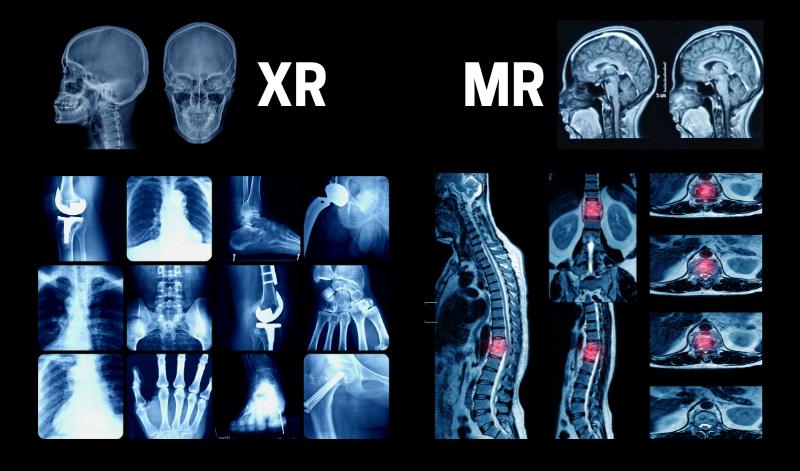
What’s The Difference Between MRI and X-ray?
Deciding which imaging technique is right for you depends on a variety of factors, including your medical history, the nature of your condition, and your personal preferences. X-rays are generally the best option for diagnosing conditions that involve the bones, such as fractures or dislocations, while MRIs are better at diagnosing soft tissue injuries or problems, such as torn ligaments or herniated discs. In some cases, your doctor may recommend both imaging techniques to get a more complete picture of your condition.
MRI Ideal Use Case
- Neurological Conditions: MRI is the preferred choice for assessing brain and spinal cord abnormalities, including tumors, strokes, and multiple sclerosis.
- Orthopedic Concerns: It provides high-resolution images of joints, ligaments, and tendons, making it ideal for diagnosing issues like torn ligaments and cartilage damage.
- Cancer Detection: MRI is excellent for detecting and staging various cancers, especially in the breast, prostate, and liver, due to its detailed soft tissue imaging.
- Vascular Studies: It’s used for assessing blood vessel conditions, including aneurysms and narrowing of arteries (angiography).
X-ray Ideal Use Case
- Fractures and Trauma: X-rays are invaluable for diagnosing bone fractures, dislocations, and injuries after accidents or falls.
- Chest and Lung Examinations: They are commonly used for detecting lung infections, lung cancer, and other chest abnormalities.
- Dental Care: Dental X-rays are essential for diagnosing dental issues, including cavities, impacted teeth, and jaw conditions.
- Monitoring Medical Devices: X-rays are used to check the position and integrity of medical implants, such as pacemakers or joint replacements.
- Emergency Situations: In urgent medical situations like assessing the extent of internal injuries, X-rays provide quick results.
Conclusion
X-rays and MRIs are both valuable diagnostic tools that can help doctors diagnose and treat a range of conditions. While they work in different ways and are best suited for different types of conditions, they are both safe and effective when used properly. By understanding the differences between these two imaging techniques, you can work with your doctor to determine the best course of action for your particular situation. Find additional information in our patient resources section (linked below).
Additional Resources
Related Resources
Quick Navigation Links
Helpful Resources
The information provided by MRIPETCTSOURCE (“we,” “us,” or “our”) on https://www.medicalimagingsource.com (the “Site”) is for general informational purposes only. All information on the Site is provided in good faith, however we make no representation or warranty of any kind, express or implied, regarding the accuracy, adequacy, validity, reliability, availability, or completeness of any information on the Site. UNDER NO CIRCUMSTANCE SHALL WE HAVE ANY LABILITY TO YOU FOR ANY LOSS OR DAMAGE OF ANY KIND INCURRED AS A RESULT OF THE USE OF THE SITE OR RELIANCE ON ANY INFORMATION PROVIDED ON THE SITE. YOUR USE OF THE SITE AND YOUR RELIANCE ON ANY INFORMATION ON THE SITE IS SOLELY AT YOUR OWN RISK.


